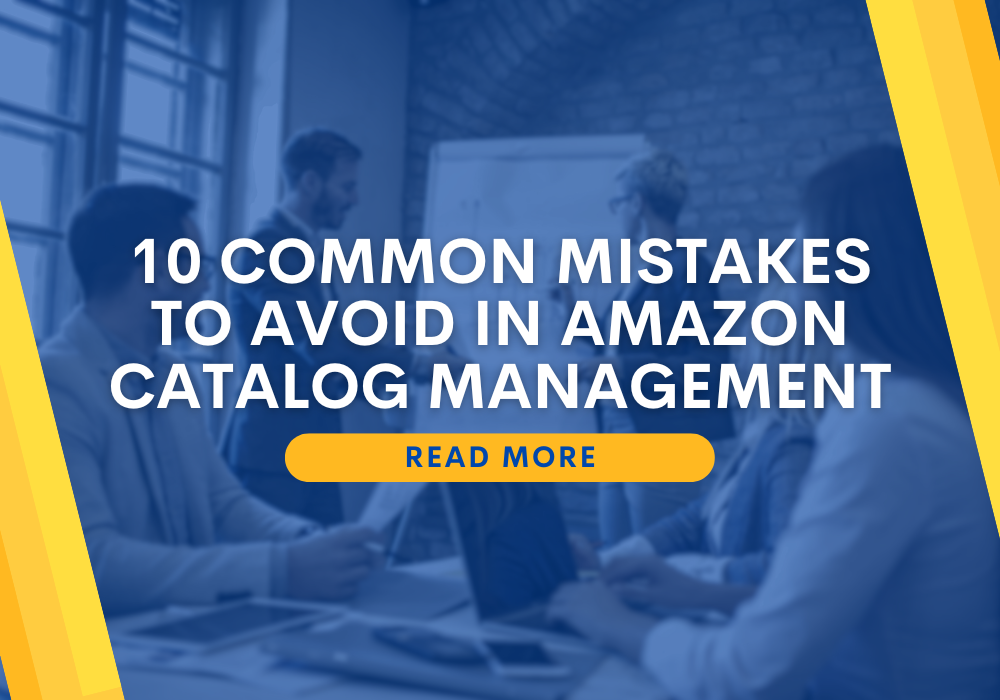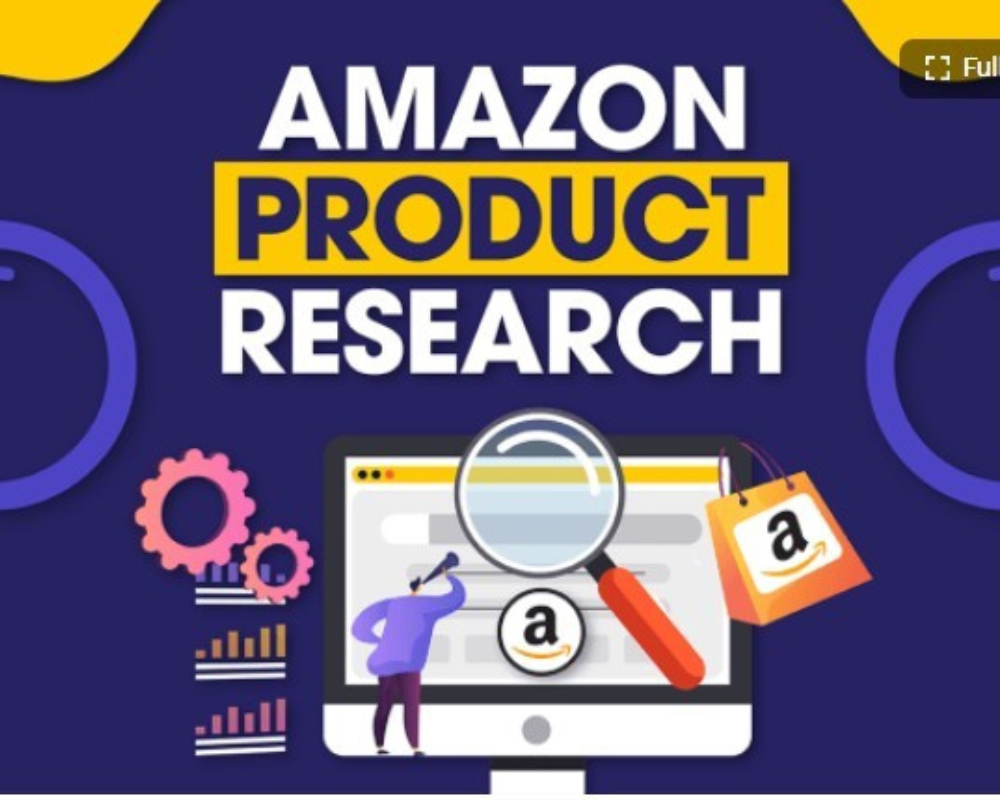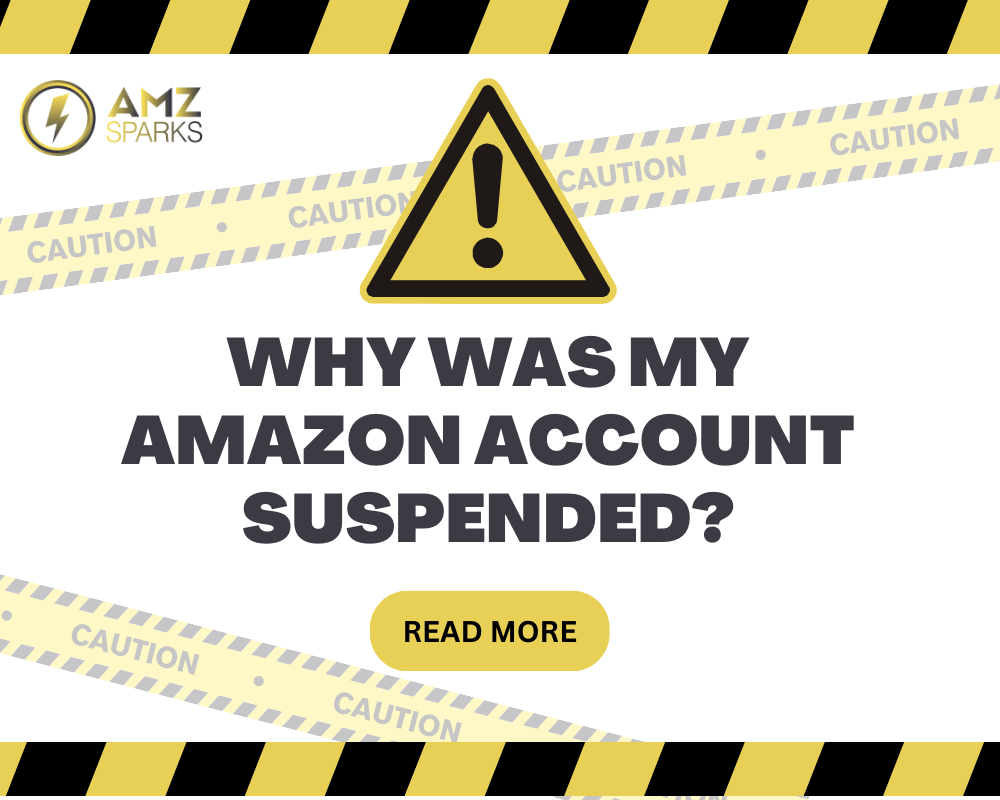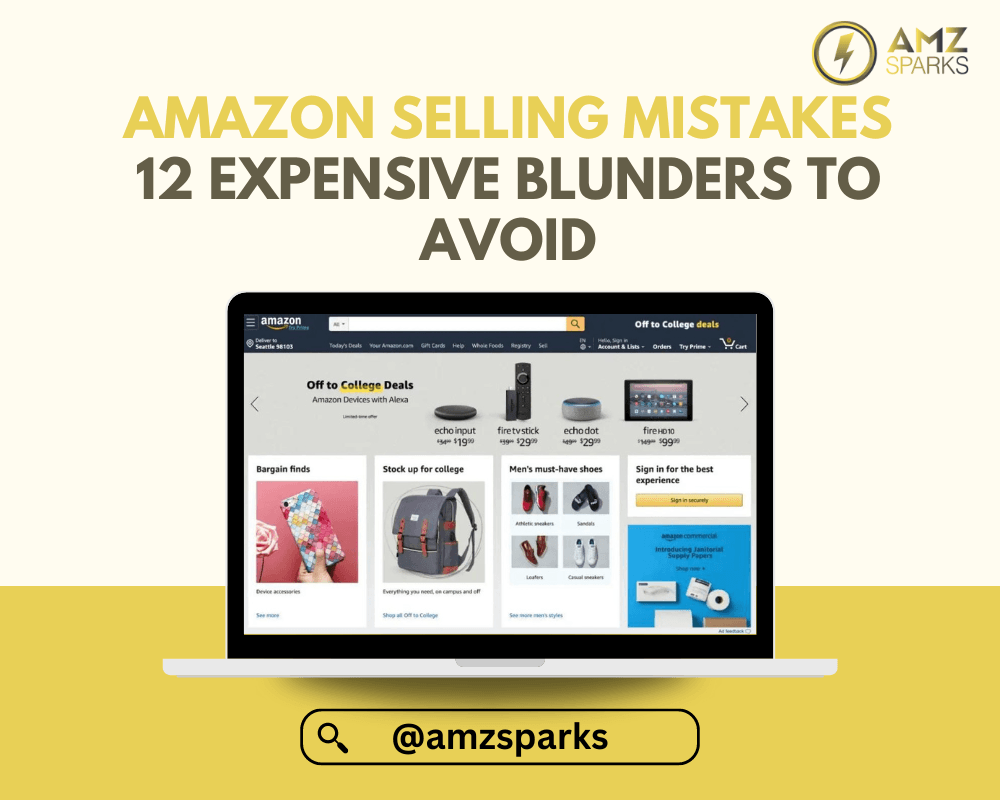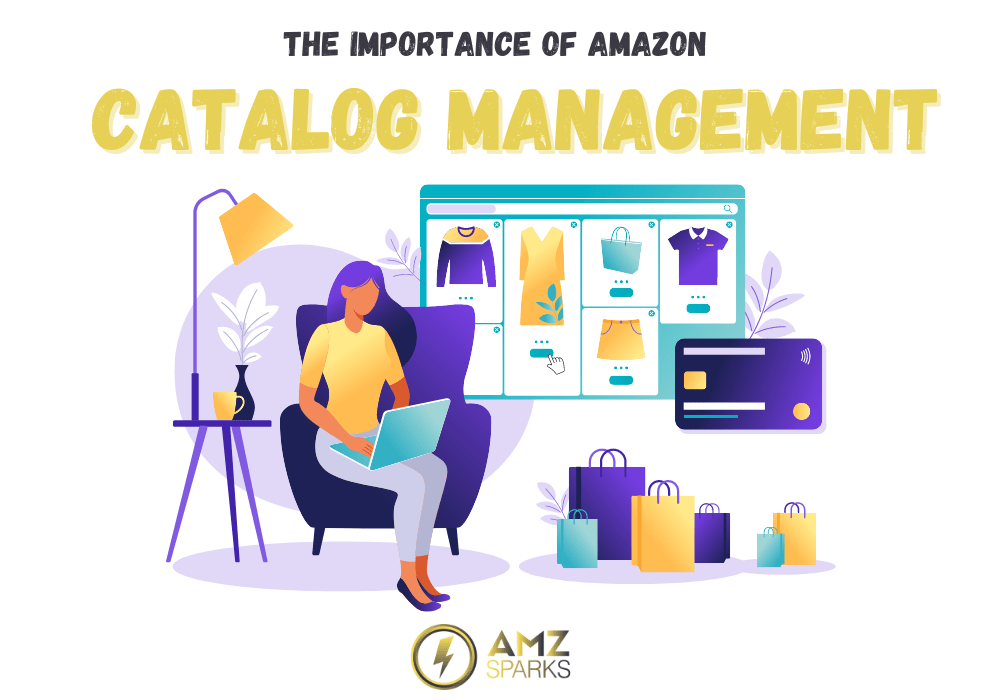Why Amazon Catalogue Management is Essential for Your E-Commerce Business
Efficient Amazon Catalog Management is way to upscale your brand in fast-paced world of e-commerce, where competition is strong and customer expectations are increasing. The ability to efficiently organize, enhance, and oversee product listings has become a crucial factor for success as businesses vie for customers in the online marketplace. This fact holds true within the expansive world of dominant online retailer Amazon. Navigating Amazon’s vast catalog demands precision and expertise due to its countless categories and millions of products. Becoming skilled in catalog administration on this platform is not only helpful but essential for survival and growth. Catalog management and its effectiveness has effects on all areas of an e-commerce business, from improving product visibility to ensuring data quality and offering seamless user experiences. Essentially, it is the foundation on which sustainable growth and competitive advantage are constructed in the digital era. This blog explains why managing your product listings on Amazon is crucial for e-commerce success. It covers the benefits of well-managed catalogs, including increased sales, better customer experience, and improved visibility in search results. The blog also details how to tackle common challenges and includes an FAQ section. Optimizing Product Visibility and Discoverability The central component of Amazon’s vast platform is its catalog, a vast collection of millions of products in a variety of categories. Differentiating one’s items in this large ocean of options can be a difficult task. Nevertheless, astute vendors understand that optimizing their catalogs plays a critical role in increasing the exposure and discoverability of their goods. By carefully crafting product descriptions, titles, and qualities, sellers may make sure that they are in line with relevant search queries, which will raise the possibility that their products will show up high in search results. Increased visibility leads to a wider audience and more interaction with possible clients. Additionally, by utilizing Amazon’s catalog service, sellers can access useful tools like A+ and Enhanced Brand Content, which enable them to present their products with more informative and visual appeal. These calculated moves not only increase the visibility of the product but also work as powerful tools to attract and convert potential customers, which in turn promotes business expansion and success. Maintaining Consistency and Accuracy Errors or discrepancies in Amazon’s inventory can hinder customers’ purchasing journeys and weaken their faith in the website overall. A key factor in reducing these problems is managing catalogs, which makes sure that product data is correct, consistent, and up to date. Vendors can protect themselves from disparities in product details, costs, and stock levels using careful observation and frequent updates. In addition to giving prospective customers confidence, this builds the seller’s brand’s trust and dependability. In addition, following Amazon’s catalog management criteria reduces the possibility of listing suspensions or penalties, protecting the income and reputation of the seller. Catalog administration includes not only maintaining correctness, consistency, and current product information but also optimizing product listings for optimal visibility and relevance. Sellers may draw in more potential customers and improve their chances of conversion by using pertinent keywords, eye-catching photos, and captivating descriptions. Additionally, merchants can adapt their catalog tactics to changing consumer preferences and market demands by routinely evaluating performance data and client feedback. By taking this proactive stance, the seller’s competitive advantage in the market is strengthened in addition to improving the whole purchasing experience. Enhancing User Experience and Conversions Today’s consumers expect flawless and intuitive buying experiences in the fast-paced internet world. Good catalogs can improve the user experience on Amazon’s platform overall, which helps to meet these goals. Sellers may expedite the browsing and purchase experience for customers by offering comprehensive, enlightening descriptions, optimizing product photos, and grouping products into logical categories. This lowers friction while simultaneously enhancing the seller’s brand’s perception. Furthermore, retailers can dramatically raise conversion rates and boost sales by creating captivating product listings that emphasize important features and advantages. By utilizing sophisticated analytics and data on user behavior, vendors can gain a significant understanding of customer inclinations and buying behaviors. This helps companies to adjust their catalog tactics to better suit the changing requirements and tastes of their target market, which improves the whole shopping experience and increases client happiness and loyalty. Facilitating Scalability and Growth Good catalog management is essential for maintaining growth momentum as e-commerce companies aim for scalability and expansion. Sellers can adapt to demand changes and efficiently manage huge inventory by utilizing automation technologies and scalable processes. Strong tools and resources are available through Amazon Catalog Management Services to help with every part of product administration, from creating bulk listings to restocking inventories. Sellers can drive sustainable development and profitability by utilizing these capabilities to concentrate their time and resources on critical objectives like customer engagement, marketing campaigns, and product innovation. Furthermore, as e-commerce operations become more complicated, effective catalogs may help in promoting scalability and give sellers the capacity to quickly adjust to shifting market conditions. In a competitive market, sellers may maintain agility, enhance their processes, and reduce manual interventions by embracing automation and utilizing data-driven insights. This flexible strategy helps sellers not only position themselves for long-term success but also improve their capacity to seize new chances and overcome obstacles. Streamlining Inventory Management Effective inventory management is essential for e-commerce companies to meet customer demand while lowering overhead costs and operational difficulties. Amazon catalog management services offer strong features and tools to help you manage inventories more efficiently. Sellers may take advantage of these features to guarantee ideal inventory control, from monitoring stock levels and controlling replenishments to managing returns and backorders. Sellers can attain increased visibility and transparency throughout their supply chain by centralizing inventory management within Amazon’s platform. This facilitates proactive decision-making and reduces the likelihood of stockouts or overstock scenarios. In the end, efficient inventory management improves both operational effectiveness and the smooth and enjoyable shopping experience for customers. Maximizing SEO Opportunities Catalog management services may also help in improving resources and boost search engine optimization ranking by expanding sellers’ product visibility. Through the
Why Amazon Catalogue Management is Essential for Your E-Commerce Business Read More »

